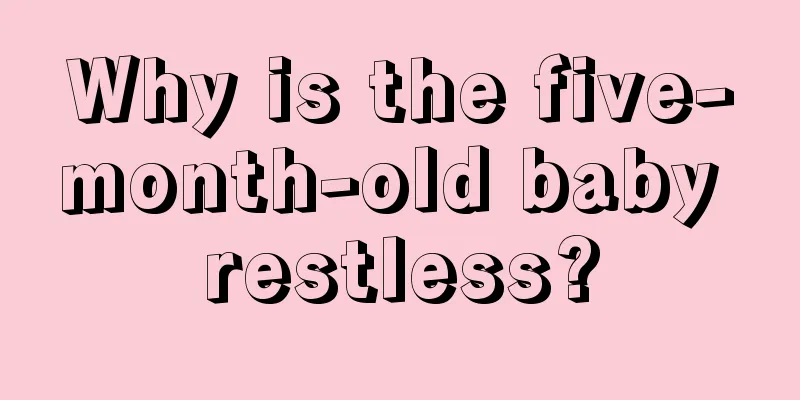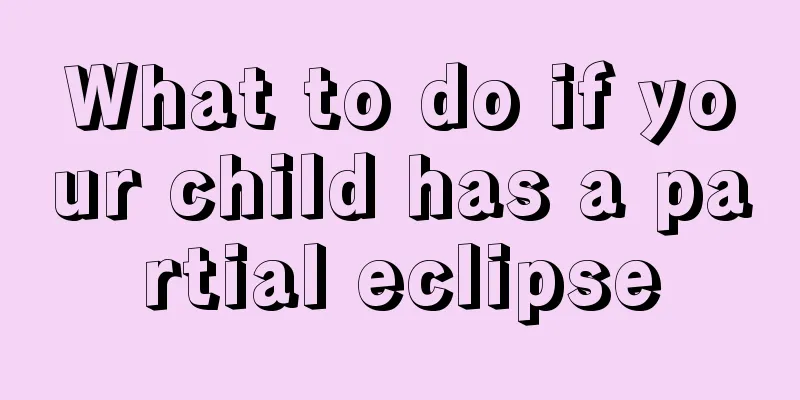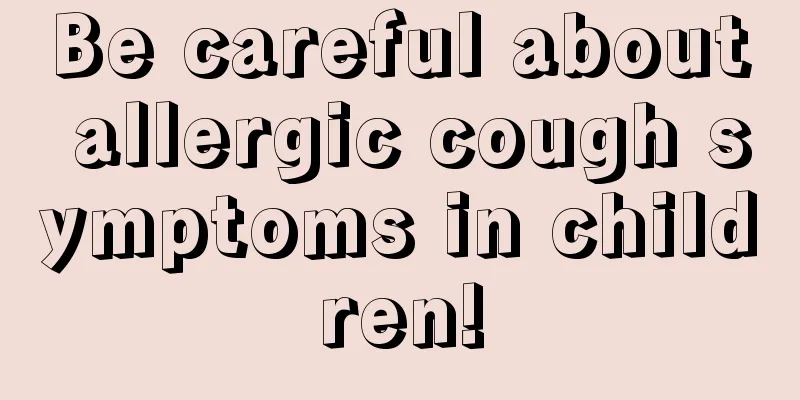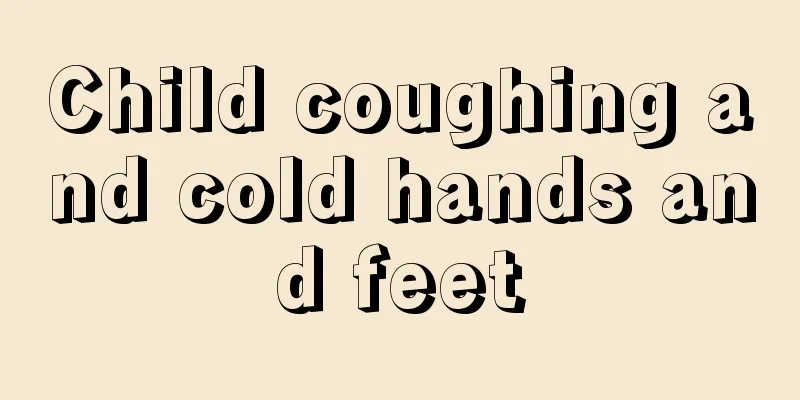Causes and prevention of nosebleeds in children

|
Nosebleeds are common in children, often when they wash their ears, lower their heads or lightly touch their noses. Some children also unknowingly bleed from their nostrils while they are sleeping. When a child has a nosebleed, it can be treated at home. First of all, parents must remain calm and never stuff cotton swabs or toilet paper into the nose. This practice is not advisable. Here we will introduce to you the causes and prevention of nosebleeds in children. There are many reasons for nosebleeds in children. Generally speaking, children under 2 years old rarely have nosebleeds because the capillary network in the nasal cavity of children of this age is not fully developed. The site of nosebleeds in children is mostly in the capillary network area in the front of the bilateral nasal septum, also called the Li area. This vascular network is very superficial and distributed in the mucosal layer of the nasal septum. 1. Causes of nosebleeds in children: 1. Nosebleeds are prone to occur when the nasal mucosa is dry, the capillaries are dilated, there is nasal inflammation or irritation, such as various rhinitis, sinusitis, nasal tuberculosis, nasal syphilis, nasal trauma, deviated nasal septum, nasal foreign bodies or nasal tumors. 2. Poor climatic conditions, such as dry air, heat, low air pressure, cold weather, and high room temperature can cause nosebleeds. 3. Some children have the bad habit of picking their noses with their hands. When the nasal mucosa is dry, it is easy to pick their noses and cause bleeding. 4. Bad habits such as being picky about food, eating a partial diet, and not eating vegetables can also cause nosebleeds due to vitamin deficiency. At the same time, certain systemic diseases such as fever, hypertension, arteriosclerosis, leukemia, thrombocytopenic purpura, aplastic anemia, etc. can also cause nosebleeds. 2. Prevention of nosebleeds in children: 1. In the dry season, for children with a history of nosebleeds, families should have chloramphenicol eye ointment available, which can be applied evenly in the nasal cavity every day to moisturize the nasal mucosa. 2. Correct the child's picky eating habits, encourage him to drink more water, eat more vegetables, and arrange his diet reasonably and scientifically. 3. If children have difficulty breathing through their nose at night, you can use furosemide to moisten the nose, but never pick the nose. 4. Once nose bleeding occurs, you can use clean cotton wool to fill the nasal cavity to stop the bleeding. If there is no cotton wool, you can also use your fingers to press the sides of the nose for 5 minutes. 5. Let the child with nosebleed lower his head (note: not raise his head) and raise his upper limbs to increase the amount of blood returning to the heart in the superior vena cava, thereby reducing the blood supply to the nasal cavity to achieve the purpose of stopping bleeding. 6. Apply a cold towel to the nose to constrict the nasal blood vessels. In fact, there is no need to panic when children have nosebleeds. As long as they are properly treated, they can probably be resolved. However, prevention is more important than treatment. If a child has a cold, he should go to the doctor and rest immediately. Children with nasal allergies should control the onset of allergies for a long time. Children who are used to picking their noses should be advised to stop from time to time. Children suspected of having blood diseases should be sent to the doctor for examination immediately. |
<<: How many months is it normal for infants and young children to have teeth?
>>: Causes of neonatal erythema
Recommend
Is it a good thing to spank a baby when he has a fever?
During the development stage of the baby's bo...
Why does my baby drool?
Many children love to drool. Most children will h...
What are the symptoms of gastroesophageal reflux in children?
Esophageal reflux disease is uncommon in children...
Common serious diseases in children
Compared with adults, children have relatively po...
Can flat warts be passed on to babies?
Flat warts are a skin disease caused by a virus. ...
What should I do if my eight-month-old baby refuses to eat complementary food?
Many mothers will find a problem when adding comp...
Do you know the cause of diarrhea in newborn babies?
Since newborn babies' body functions are stil...
Do I need to burp my baby if he falls asleep after drinking milk?
Burping is a measure taken to deal with the situa...
The dangers of holding a three-year-old child to urinate at night
There is usually not much harm in holding a three...
How to treat children’s poor digestion?
Many people suffer from indigestion, stomach pain...
Is benign epilepsy more common in children?
Pediatric epilepsy is usually called benign child...
What disease is there on the child's lips
In fact, in life, it is not only the body that is...
Things to note for children with obstructive hydrocephalus
Since there are many different situations, young ...
Is it normal for a 10 month old baby to have teeth?
The development of teeth is a rough indicator of ...
What are the benefits of baby bathing swimming
Parents may have some doubts about bathing and sw...









